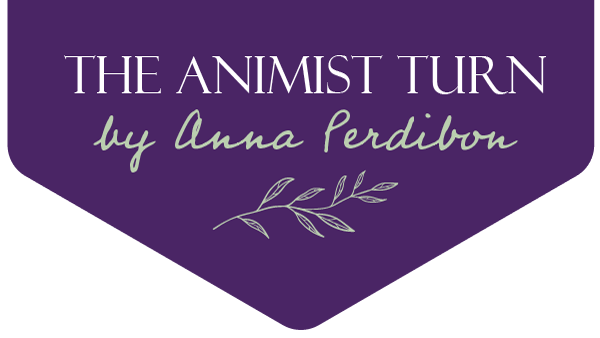The Turn

SEEDS | Stories
According to Val Plumwood, the role of art, writing and storytelling is crucial for re-animating and re-enchanting the world and for allowing nature to speak in the active voice. Stories, including myths, songs, poems, movies, visual art and performances, have the power to give voice to the different other-than-human inhabitants of the land, and, simultaneously, to reach our fleshy cords, bringing us back to our human rootedness to the local landscapes, to the earthly ground and the shared breathing of the world.
Old and collective narratives from Indigenous and traditional communities of the world, together with the new stories by writers, artists, activists, scholars, traditional healers, storytellers, scientists are pivotal forces that can transform our relationship with the living world, and mend the cut that separated us from the rest of the multi-species community we call nature. Such stories are not only sources of cosmological or mythological worlds, but also treasure troves of the multiplicity of human-environmental relations and knowledges, and of embodied teachings about existence that celebrate different ways of being human.
My research and pen are devoted to weave together the twigs of old and new animist stories that support care, reciprocity and kinship for a more-than-human anthropology and an ecological education. All seeds to be spread to the wind, longing for new ground where they can thrive.

BRANCHES & LEAVES | Plant Persons

TRUNK | (New) Animism

